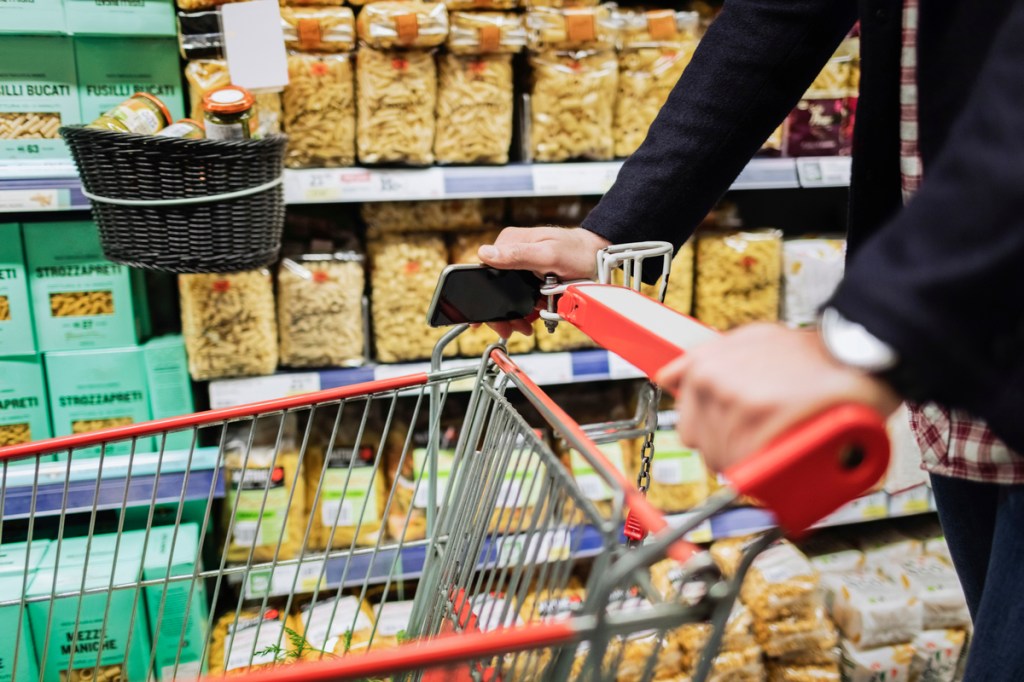The online channel for grocery was always going to be big. Many leading supermarkets have been investing in building eCommerce capabilities for at least a decade. But the events of 2020 have accelerated those plans beyond what anyone could have expected. What used to be an important but small part of the business now been put at center stage. There is not a grocery CEO in the world who has not been actively involved in eCommerce operations and planning in the past few months.
An Outdated Set of Tools
But as a relative newcomer to the world of online, Grocery has inherited a set of tools and practices that were built for a different kind of business. The verticals that led the way in eCommerce were mostly focused on hard goods: books, apparel, or electronics. Many of these businesses have long purchase cycles compared to grocery – most of us don’t buy a new stereo every week. But even more importantly, the normal visit to an eCommerce site to purchase these items is focused on buying a single product.
It makes sense, then, that early eCommerce strategies – and the tools that supported them – were focused on getting customers to put extra items in the cart. If a customer doesn’t visit your site very often, you want to maximize the visit while they are there. So you wanted to be able to suggest a shirt to go with the pants, a case to go with the phone, or another book that might be of interest.
It was natural that as eCommerce shifted to grocery, the first iterations relied on these proven tools. But many quickly began to believe it was the wrong approach.
The Unique Challenge of Grocery
Think about a typical shopper going to an online grocery site to do the weekly shop for his family. He might have between 20 and 50 items he needs to purchase. Now imagine the time it will take to get each of those items added to his cart by navigating through a hierarchy of departments and categories. Even assuming he can find each item on the very first try (Are burgers in the Meat department or under Frozen? Is Vaseline Skin Care or Baby?), the process is going to take some time.
A customer trying to accomplish this task who is continually pushed to consider other products, or watch video content, or presented with a coupon to switch away from his favorite brand will quickly be overwhelmed. What was supposed to be a more convenient version of grocery shopping has actually become more difficult.
Given this context, many are suggesting that time spent on the site is still the right metric – except that the goal has been reversed. The objective in online grocery is not to get customers to stay longer, but to help them get to checkout as fast as possible. Or, to put it another way, early eCommerce was focused on helping someone to buy a product. Grocery eCommerce is about helping them buy a basket.
Using the Data
The challenge of helping make the process fast and easy is still a data science challenge. But it is a challenge of a different kind. One key difference is that data about what products are typically bought together in general (the shirt with the pants, the case with the phone) is no longer the primary data set. It is still useful but is eclipsed by data tied to the purchase history of the individual customer.
While this data might take a long time to accumulate in an apparel or electronics business, for high-frequency retail-like Grocery it is not a problem. The data can then be used to serve up a set of tools for the customer that will help them achieve the goal of a quick and easy shop. Let’s look at what a typical shopping journey might look like…
1. Smart Shopping List
The highest leverage way to shorten someone’s eCommerce grocery experience is to give them a head start. Since most grocery shopping is highly repetitive, in most cases there is enough data to make it possible. But the standard approach of giving customers access to past orders is not enough. What is needed is a smart shopping list that anticipates what customers are likely to need on a particular trip. If a customer buys bananas every week, then they should populate the smart shopping list. But if they bought laundry detergent last week, it is unlikely they need it again already – a model that resurfaces this item at the right time is more helpful.
2. Personalized Circular
After starting with the shopping list, and making any adjustments that might be needed, the next stop for many customers will be to look for deals. This is where the personalized circular comes in. Rather than forcing customers to browse through every page of a circular, the personalized circular automatically shows them the deals that are most relevant for them. Of course, if they ever want to access the full list of promotions, it is only a click away.
3. Personalized Shelf
Even a standard search and browse navigation of a site can be personalized. While a traditional grocery store carries tens of thousands of products, most customers will buy only a few hundred of these in the course of a full year. Giving the customer a single page where they can access their frequently or previously purchased items can be a huge time-saver. It effectively shrinks the store to create its own personalized shelf, which makes online shopping a breeze.
4. Contextual Recommendations
Finally, we come to the tool that is closest to the tools we mentioned at the start – the ones designed to get customers to add an extra product to the cart. There is still room for this in the grocery experience. It just has to be done in the proper place and not interfere with the overall shopping experience. Contextual recommendations given on the product page can point customers to related products they usually buy together or remind them of products they might have forgotten to add to the cart. This has the double advantage of boosting the basket size while also making the customer feel that the process is helpful rather than intrusive.
Taken together, this set of tools can deliver a seamless and enjoyable shopping experience…and one that will keep customers coming back again and again.




